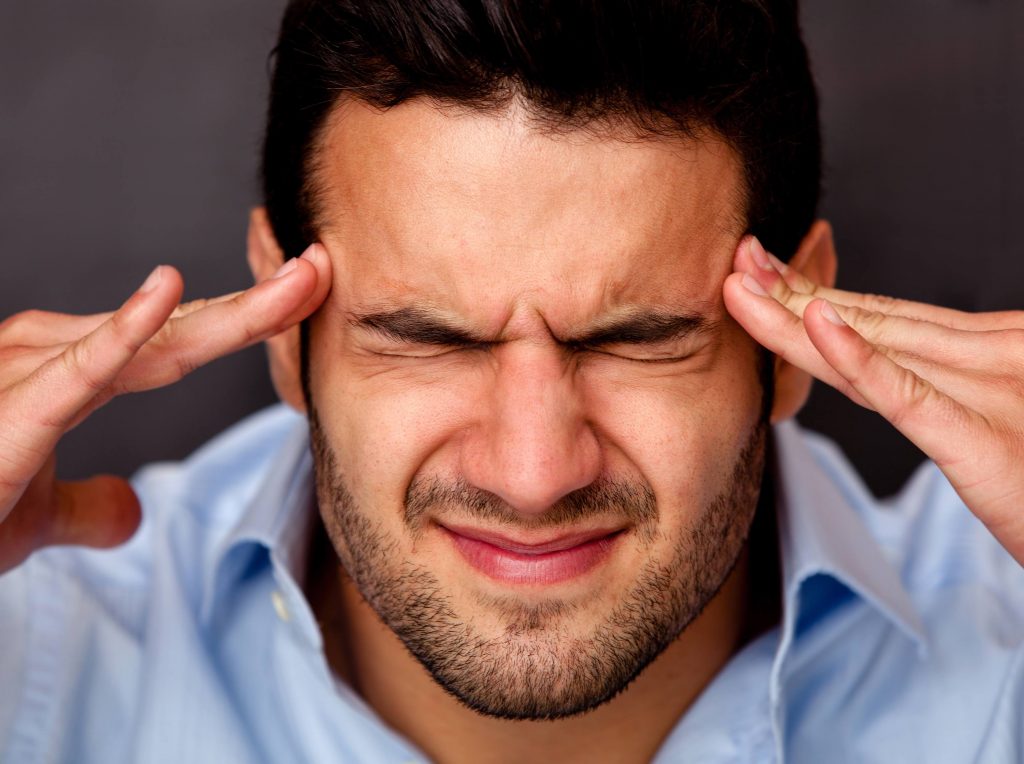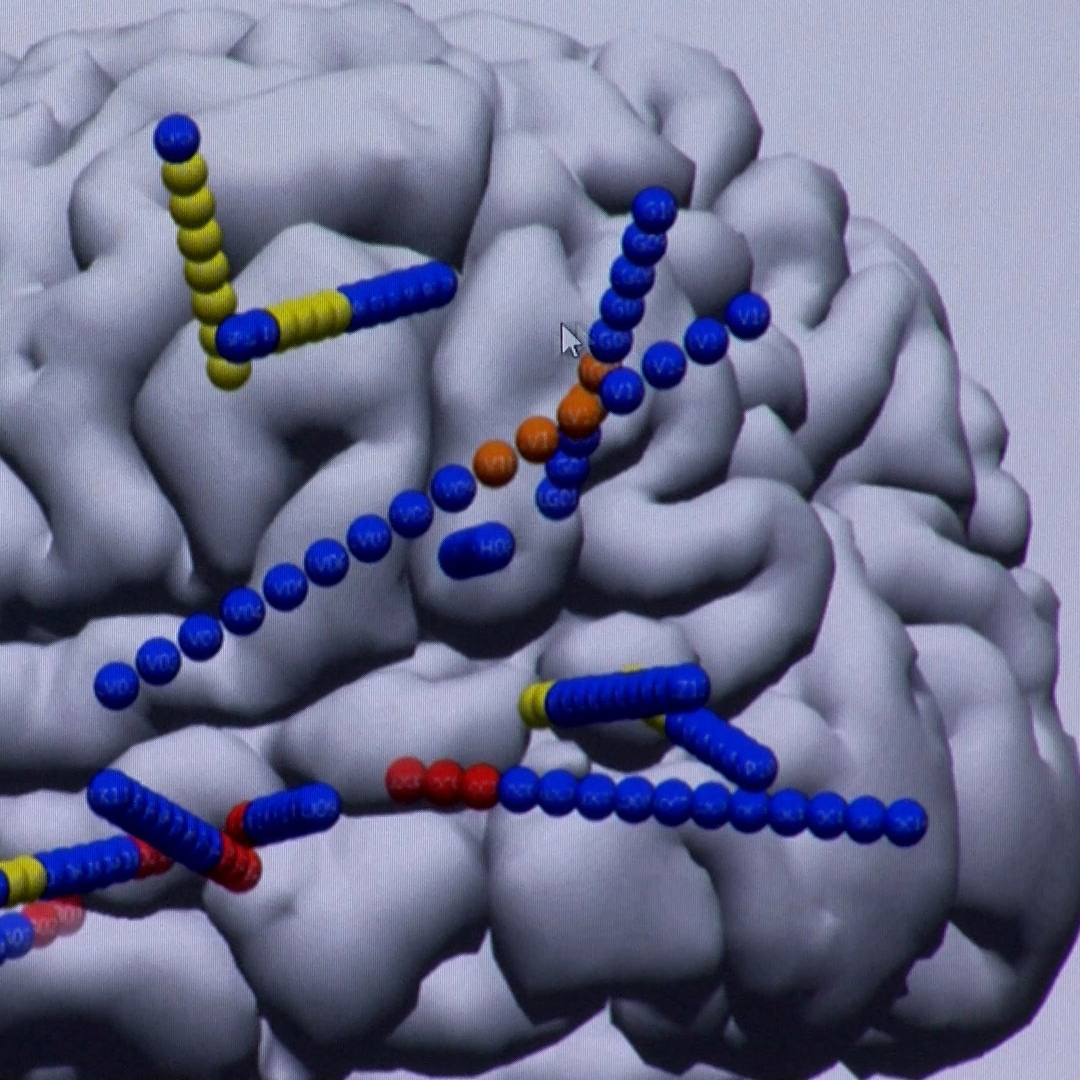-
Featured News
Consumer Health: What do you know about headaches?

June is Migraine and Headache Awareness Month, which makes this a good time to learn more about headaches.
Headache is pain in any region of the head. Headaches may occur on one or both sides of the head, be isolated to a certain location, radiate across the head from one point, or have a viselike quality. A headache may appear as a sharp pain, a throbbing sensation or a dull ache. Headaches can develop gradually or suddenly, and may last from less than an hour to several days.
Headaches are generally classified by cause.
Primary headaches
A primary headache is caused by overactivity of, or problems with, pain-sensitive structures in your head. A primary headache isn't a symptom of an underlying disease.
The most common primary headaches are:
Secondary headaches
A secondary headache is a symptom of a disease that can activate the pain-sensitive nerves of the head. Any number of conditions — varying greatly in severity — can cause secondary headaches.
Some types of secondary headaches include:
When to seek emergency care
Your headache symptoms can help your health care team determine the cause and appropriate treatment. Most headaches aren't the result of a serious illness, but some may result from a life-threatening condition requiring emergency care.
Seek emergency care if you're experiencing the worst headache of your life; a sudden, severe headache; or a headache accompanied by:
- Confusion or trouble understanding speech.
- Fainting.
- High fever, greater than 102 to 104 F.
- Numbness, weakness or paralysis on one side of your body.
- Stiff neck.
- Trouble seeing, speaking or walking.
- Nausea or vomiting, if not clearly related to the flu or a hangover.
Connect with others talking about headaches in the Brain & Nervous System and Chronic Pain support groups on Mayo Clinic Connect, an online patient community moderated by Mayo Clinic.







